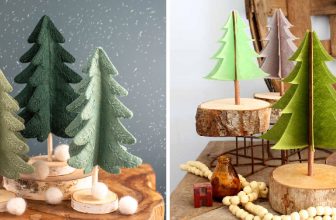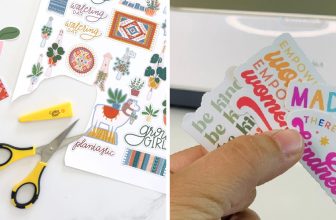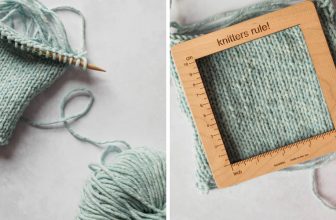How to Make a Bird Nesting Material Holder
Providing birds with suitable nesting materials is essential for their survival and reproductive success. As natural habitats become increasingly disrupted, the availability of nesting resources diminishes, making it crucial for bird enthusiasts and homeowners to lend a helping hand. A bird nesting material holder serves as an effective solution that supplies birds with the necessary items to construct their nests and creates an engaging way to observe these fascinating creatures in action.
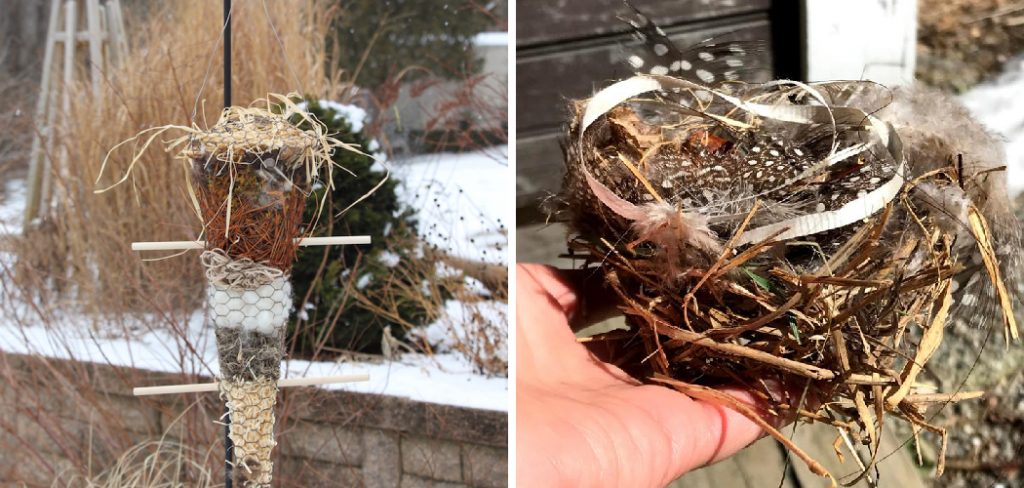
This article will guide you through the process of how to make a bird nesting material holder, ensuring you have the right materials, tools, and design in mind. By following the steps outlined, you’ll be able to support local bird populations while enjoying the rewarding experience of watching them thrive in your garden or outdoor space.
Materials and Tools Needed
To successfully construct your bird nesting material holder, you will need the following materials:
- Wire Mesh: Flexible and durable for creating the holder structure.
- Wooden Frame: Provides stability; can be made from reclaimed wood for sustainability.
- Twine or Rope: Useful for securing the holder or hanging it.
- Natural Fibers: Such as cotton, wool, or dried grasses, fill the holder with nesting materials.
In addition, you will require some essential tools:
- Wire Cutters: These are used to cut the wire mesh to size.
- Pliers: To bend and twist wire securely.
- Scissors: These are necessary for cutting twine and other materials.
- Staple Gun: Helpful for attaching mesh to wooden frames or securing elements.
Lastly, for safety, be sure to wear:
- Gloves: To protect your hands while handling materials.
- Safety Glasses: Keep your eyes safe from debris when cutting or assembling.
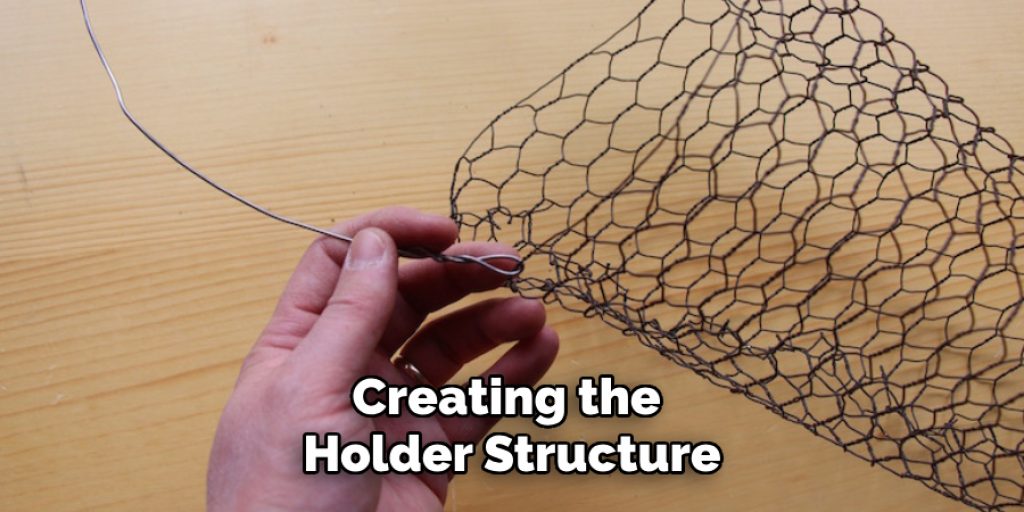
Choosing the Right Materials
Selecting natural, non-toxic materials is pivotal to ensuring the safety of birds that will use your nesting material holder. Birds are vulnerable to various hazards, and using safe materials helps protect them throughout the nesting process. When assembling your holder, opt for organic options that mimic the materials they would naturally encounter in their environment.
Suitable materials include twigs, grass, feathers, wool, and cotton. Twigs and dried grasses provide structural support and warmth, while feathers add insulation for developing chicks. Soft materials, like wool and cotton, offer comfort and coziness, encouraging birds to create secure nests.
It is essential to avoid synthetic or harmful materials that could jeopardize the well-being of birds. Items such as plastic, treated wood, or synthetic fibers can pose choking risks or introduce harmful chemicals into their nests. By prioritizing natural resources, you create a safe space for nesting and contribute to a healthier habitat for local bird populations. This commitment to using the right materials fosters an environment where birds can flourish and thrive.
Designing the Nesting Material Holder
When designing a bird nesting material holder, it’s essential to consider various types that cater to different preferences and available resources. The three primary designs include a mesh cylinder, a wooden frame, and holders made from recycled materials. Each type offers unique advantages; for instance, a mesh cylinder is lightweight and allows easy access for birds, while a sturdy wooden frame provides stability and protection from the elements. Recycled materials, such as old baskets or plastic bottles, benefit the environment and offer creative and cost-effective solutions.
Choosing the right design largely depends on the materials you have on hand and your level of construction expertise. Ensure the chosen design is straightforward to assemble while maintaining durability. Additionally, consider the size and placement of the holder. Nesting material holders should be large enough to contain a sufficient supply of materials yet compact enough to fit in your garden or outdoor space. Positioning the holder in an easily accessible area, such as near existing bird feeders or in less disturbed spots, promotes its usage by birds and provides a wonderful opportunity for observation. Proper orientation can further enhance visibility, making it an inviting resource for local avian inhabitants.
How to Make a Bird Nesting Material Holder: Step-by-Step Construction Guide
Building a Wire Mesh Holder
To create a wire mesh holder, begin by cutting the wire mesh to your desired size, considering the space required for birds to access nesting materials easily. A size around 12 to 18 inches in diameter is typically effective for small birds. Once cut, form the mesh into a cylinder or rectangular shape, ensuring that the edges align neatly. Secure the edges together using wire or zip ties, making sure it’s tight enough to hold its shape without sharp edges that could harm birds.
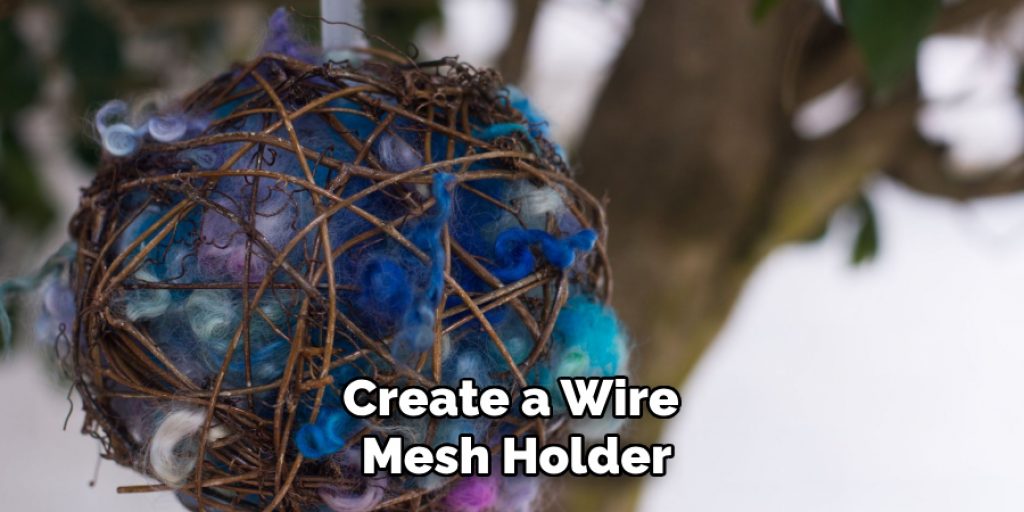
Next, hooks or a handle are created to hang the holder. You can fashion hooks from extra lengths of wire, bending them into a U-shape that can be attached to the mesh, or you can attach a sturdy handle made of wood or more wire for easy placement in your garden. Finally, ensure that the mesh construction is stable and capable of withstanding wind and rain, ready to provide a welcoming space for nesting materials.
Constructing a Wooden Frame Holder
To build a wooden frame holder, cut wooden pieces to create a rectangular frame. Use untreated wood to avoid harmful chemicals that can affect birds. Common dimensions for the frame could be 24 inches long, 12 inches wide, and 6 inches deep, but adjustments can be made based on available materials and space.
Assemble the frame using nails or screws, ensuring each corner is secure and the overall structure is sturdy. Once your frame is complete, attach a wire mesh or netting to one side, which will serve as the main area from which birds can access nesting materials. This will keep the materials secure while allowing birds to peck at them as needed.
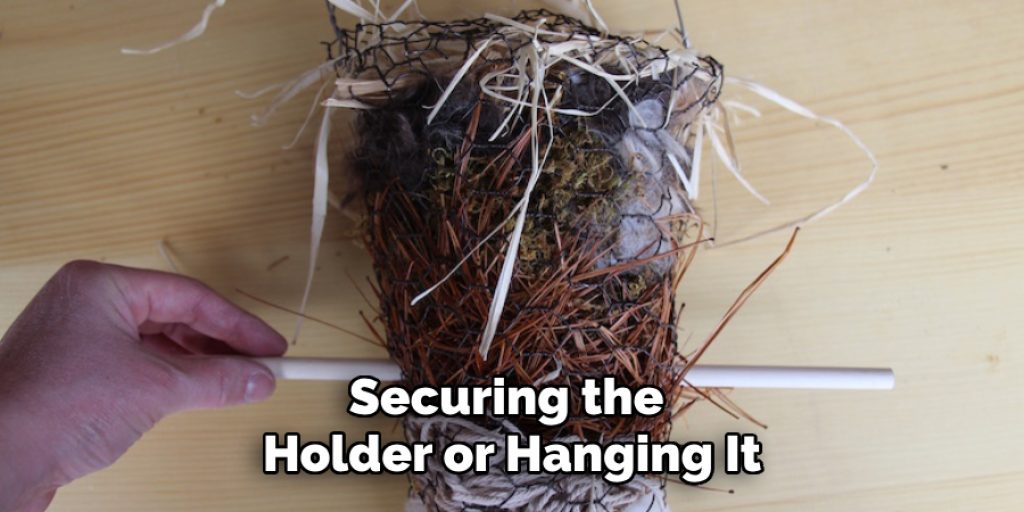
After securing the mesh, add hooks or a handle for hanging, ensuring they are adequately fastened to support the weight of the frame when filled. The frame holder should be anchored well, making it less susceptible to being knocked over by wind or curious animals.
Using Recycled Materials
Repurposing old materials can yield an environmentally friendly nesting material holder. Collect items like old baskets, mesh bags, or plastic bottles. These materials offer unique shapes and designs that can attract birds.
Once you have your materials, modify them to create openings for birds to access the nesting materials. For instance, if plastic bottles are used, cut holes on the side, ensuring they are large enough for birds but not too wide that materials spill out. Remove loose threads or sharp edges to prevent injuries if using old baskets.
Next, ensure the holder’s stability and safety by checking all connections and securing any unstable elements. The holder must remain intact, especially during windy conditions. These recycled holders offer a creative touch to your garden while providing much-needed support for local birds.
Filling the Holder with Nesting Materials
Once your nesting material holder is constructed, it’s time to fill it with natural materials that birds can use to build their nests. Gather suitable items like twigs, dried grasses, feathers, wool, and cotton. Using organic materials is crucial, as well as avoiding synthetic options that could harm birds.
Prepare the materials by cutting or pulling them into manageable sizes. For instance, twigs should be 2 to 6 inches long, while grasses may be cut to around 10 inches. This will make it easier for birds to arrange the materials according to their needs.
When filling the holder, do so loosely. This method allows birds to easily access the materials without struggling or sifting through tightly packed items. Aim to fill the holder about three-quarters full to leave enough room for birds to comfortably select their preferred nesting materials.
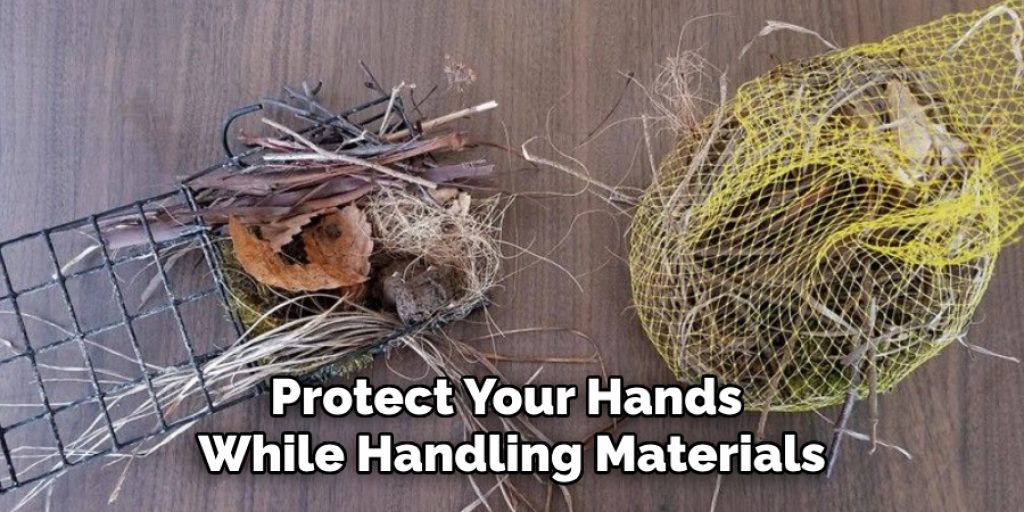
Lastly, remember to check and refill the holder regularly, especially during the nesting season. Keeping the holder well-stocked is vital for attracting and supporting various bird species in their reproductive efforts. Regular maintenance will encourage repeated visits from birds, transforming your garden into a vibrant ecosystem bustling with life.
Placing the Nesting Material Holder
Selecting the ideal location for your nesting material holder is crucial for attracting birds and promoting their nesting efforts. Positioning the holder near existing bird feeders or bird baths can increase foot traffic from local birds, as these areas already serve as essential resources. Additionally, placing the holder in the shade of trees or shrubs provides necessary cover, making it more inviting and safe for birds to access the materials.
Visibility is key; ensure the holder is in a location that is easily accessible to birds while remaining sheltered from extreme weather conditions. High branches in trees or within dense shrubbery often work well, provided they are easily reachable.
It’s equally important to avoid areas with high predator activity, such as near bushes where cats may hide or locations frequented by larger birds of prey. Human disturbances should also be considered; placing the holder in quieter zones of your garden will help create a serene environment conducive to nesting. By thoughtfully selecting the placement of your nesting material holder, you can enhance its attractiveness to birds and support their nesting success throughout the season.
Maintenance and Monitoring
Regular maintenance and monitoring are essential to ensure the longevity and effectiveness of your nesting material holder. Begin by checking the holder for any signs of wear and tear, such as fraying edges, loose connections, or structural instability. Address any issues promptly to prevent accidents that could discourage birds from visiting. Additionally, it’s important to clean the holder periodically. Remove any old or damp materials that may attract pests or become moldy, as these conditions can negatively impact the health of visiting birds.
Refilling the holder with fresh nesting materials is equally crucial. Depending on local bird activity and the materials used, you may need to replenish the holder every few days, especially during peak nesting season. Keep an eye on what materials birds seem to prefer, allowing you to tailor your offerings based on their needs.
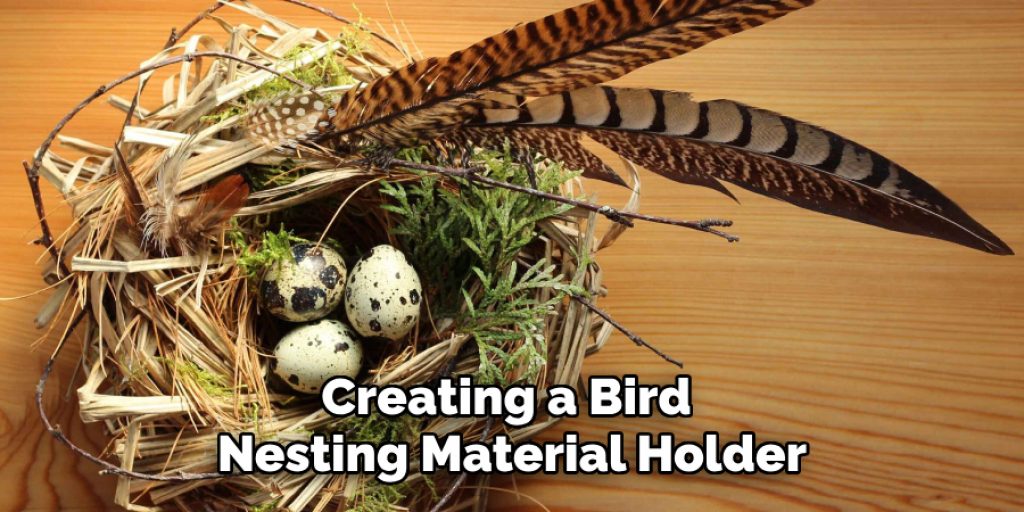
Observing bird activity around the holder can provide valuable insights into its usage. Take note of the species visiting, their nesting behavior, and the frequency of use. This information will enhance your gardening experience and contribute to local biodiversity as you become an active participant in supporting wildlife within your garden.
Conclusion
In summary, creating a bird nesting material holder not only enhances your garden’s aesthetic but also significantly contributes to supporting local bird populations. By repurposing materials, filling the holder with organic nesting supplies, and placing it in an inviting location, you can foster a thriving bird habitat. Regular maintenance and monitoring will ensure that your holder remains effective and engaging for your feathered friends. By understanding how to make a bird nesting material holder and incorporating it into your outdoor space, you invite a wonderful array of wildlife into your life, enriching both your garden and local biodiversity.

